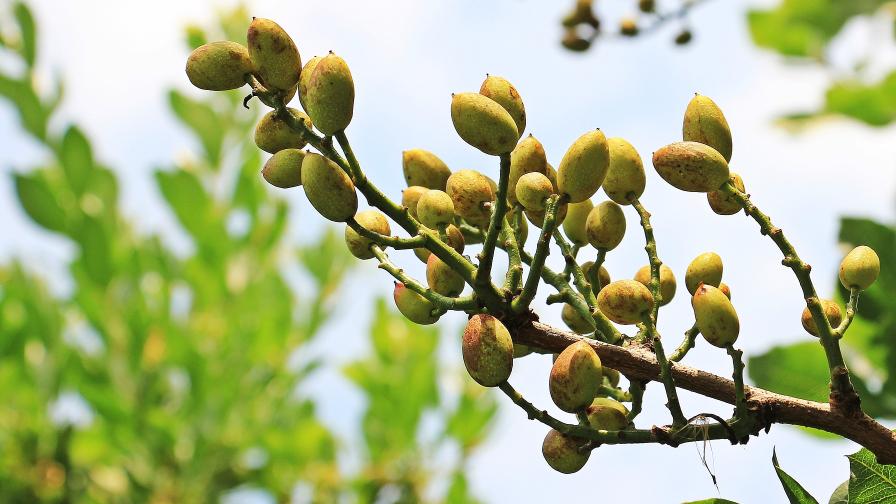Geotextiles Can Help Prevent Winter Grapevine Damage

Geotextiles being installed.
Photo: Jim Willwerth
Although Northeast and Midwest grape growing regions have so far been spared from extreme cold this year, the winters of 2014 and 2015 are still etched in the minds of many growers who suffered significant losses due to winter injury.
Luckily there are several ways to help protect vines from cold temperatures, including covering them with soil or straw. Geotextiles are another option to consider.
“Geotextiles are permeable fabrics that are used in association with soil to help mitigate damaging cold temperatures in order to protect grapevines from freeze injury,” explains Brock University Cool Climate Oenology and Viticulture Institute Scientist Jim Willwerth.
In a recent study, Willwerth and his colleagues placed geotextile material above canes, which were laid down low on a wire. On another set of vines, the geotextile material was placed on a high wire in a tented fashion above the fruiting zone.
They found that the use of geotextile materials did mitigate damaging winter temperatures by a few degrees, but the materials placed closer to the ground were more effective. It’s possible that being closer to the ground allows for more geothermal influence, or that snow cover at the ground level could be helping to insulate.
“One major benefit of using geotextiles is that they may protect plants in colder environmental conditions compared to some freeze protection methods that work best for frost protection only and not mid-winter protection like geotextiles may offer,” Willwerth says.
He notes that geotextiles are used for many purposes, from construction to mining, so there are plenty of suppliers from which to source product. “More suppliers seem to be making products for freeze protection, and farmers can get customized materials of different types and sizes depending on their need,” he adds.
One downside to using geotextiles is that pests – particularly rodents – can be attracted to them for warmth, according to Willwerth.
In addition, geotextiles can be expensive and therefore not economical for large operations.
“We are working on some economic analysis at the moment. However, in general, this type of protection would be used for high-value crops and in situations where the grower is also making a value-added product, such as wine,” Willwerth says.









